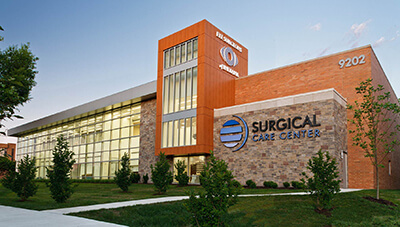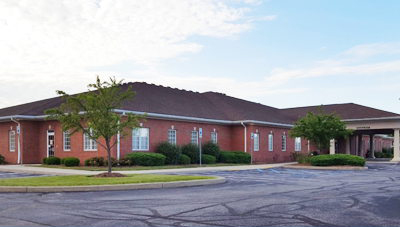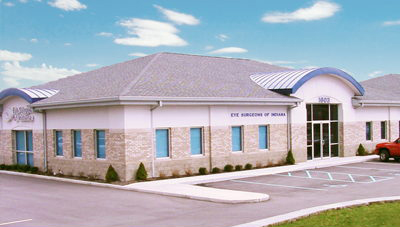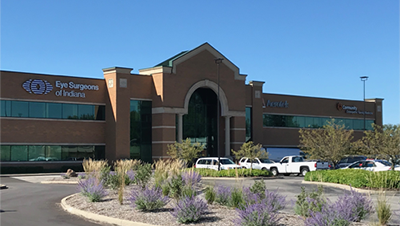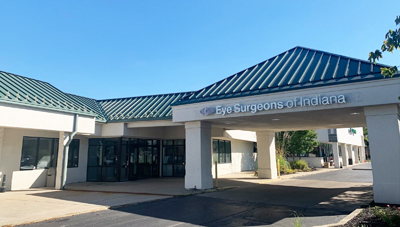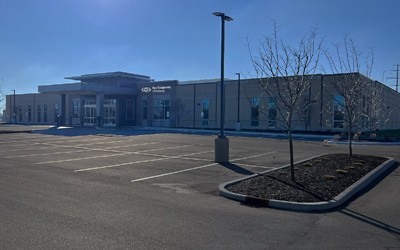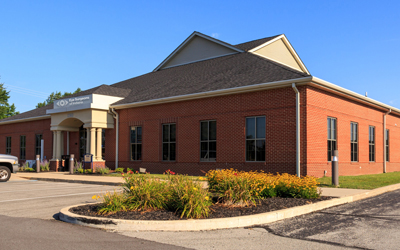Treating the ocular surface improves surgical outcomes
Posted by: Eye Surgeons of Indiana in Eye Health
Some estimates have shown that up to 30% of LASIK candidates and 50% of cataract surgery patients have some form of ocular surface disease (dry eye, blepharitis, ocular allergiy). Untreated dry eye is the most common cause of patient dissatisfaction following LASIK. A healthy ocular surface is equally important in refractive cataract surgery, especially if a premium/multifocal IOL is used. While these lenses can significantly improve post-operative uncorrected vision and patient satisfaction, problems from ocular surface disease are magnified by the inherent decrease in contrast sensitivity in these lenses.
The pre-operative evaluation of ocular surface disease is relatively straightforward. Besides classic symptoms such as foreign body sensation and itching, a thorough history will often reveal other nearly pathognomonic symptoms such as contact lens intolerance and “fluctuating vision.” Staining of the cornea and conjunctiva with vital dyes, observation of the tear meniscus height and quality, and evaluation of the lids are critical components of the clinical examination. Additionally, corneal topography can be useful in diagnosing occult ocular surface disease. Dry eye will manifest as blank spots and irregularity on topography. It is important to remember that the air/tear film interface is the strongest refracting surface of the eye. Moderate ocular surface disease can cause significant abnormalities that will affect pre-operative measurements and calculations in both LASIK and refractive cataract surgery patient.
Patients expect a “wow” factor immediately following any refractive surgery. Identification and treatment of the ocular surface, starting pre-operatively, is key to achieving this level of patient satisfaction.

